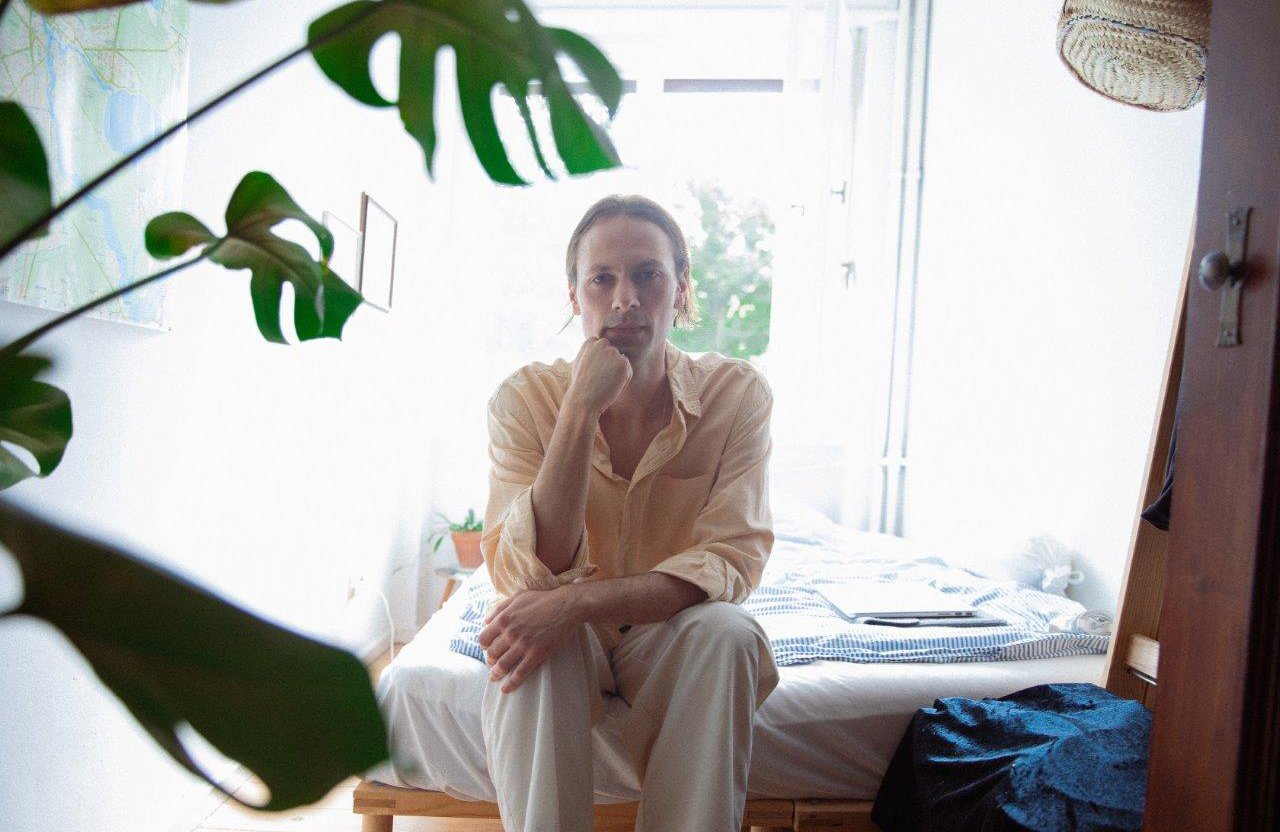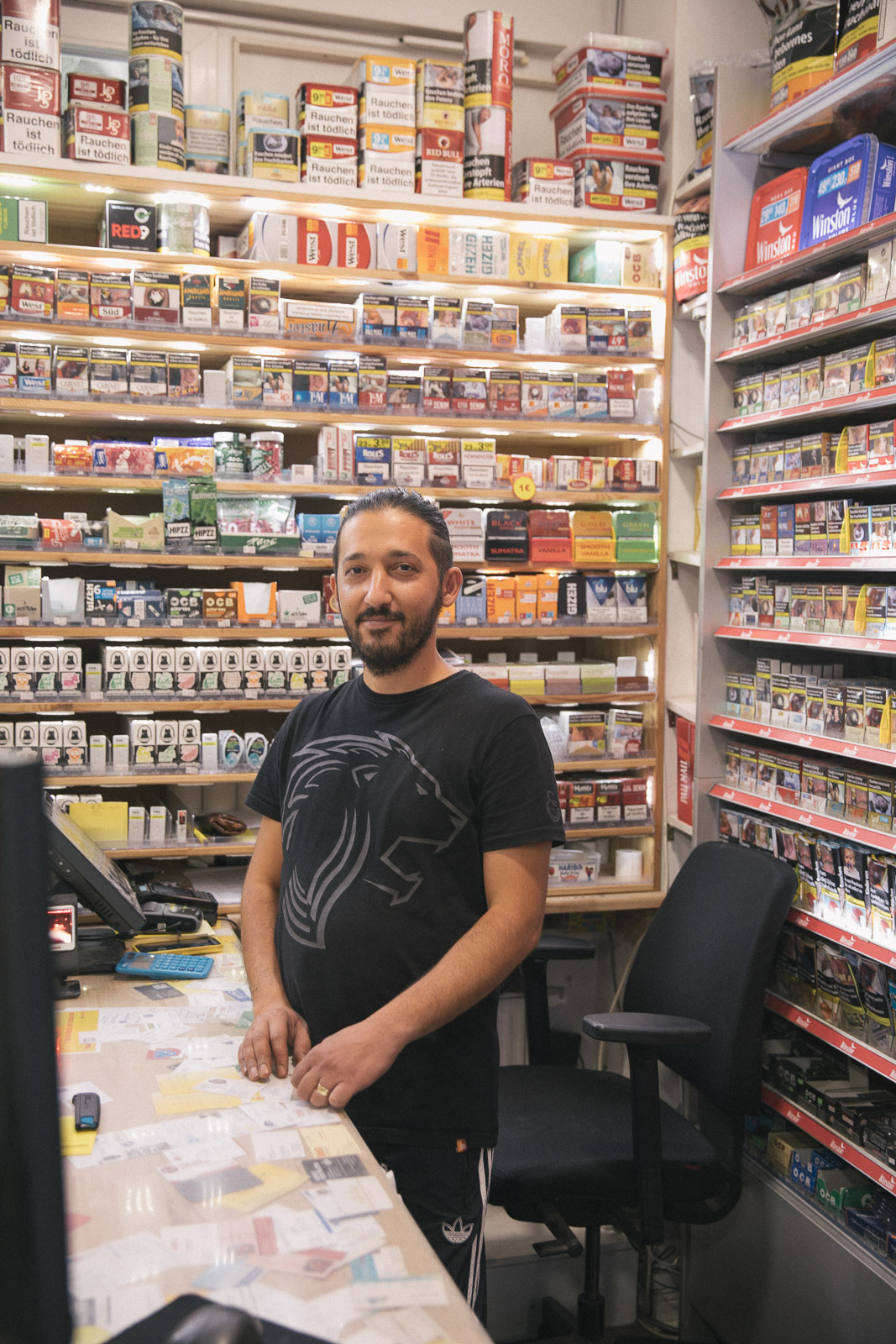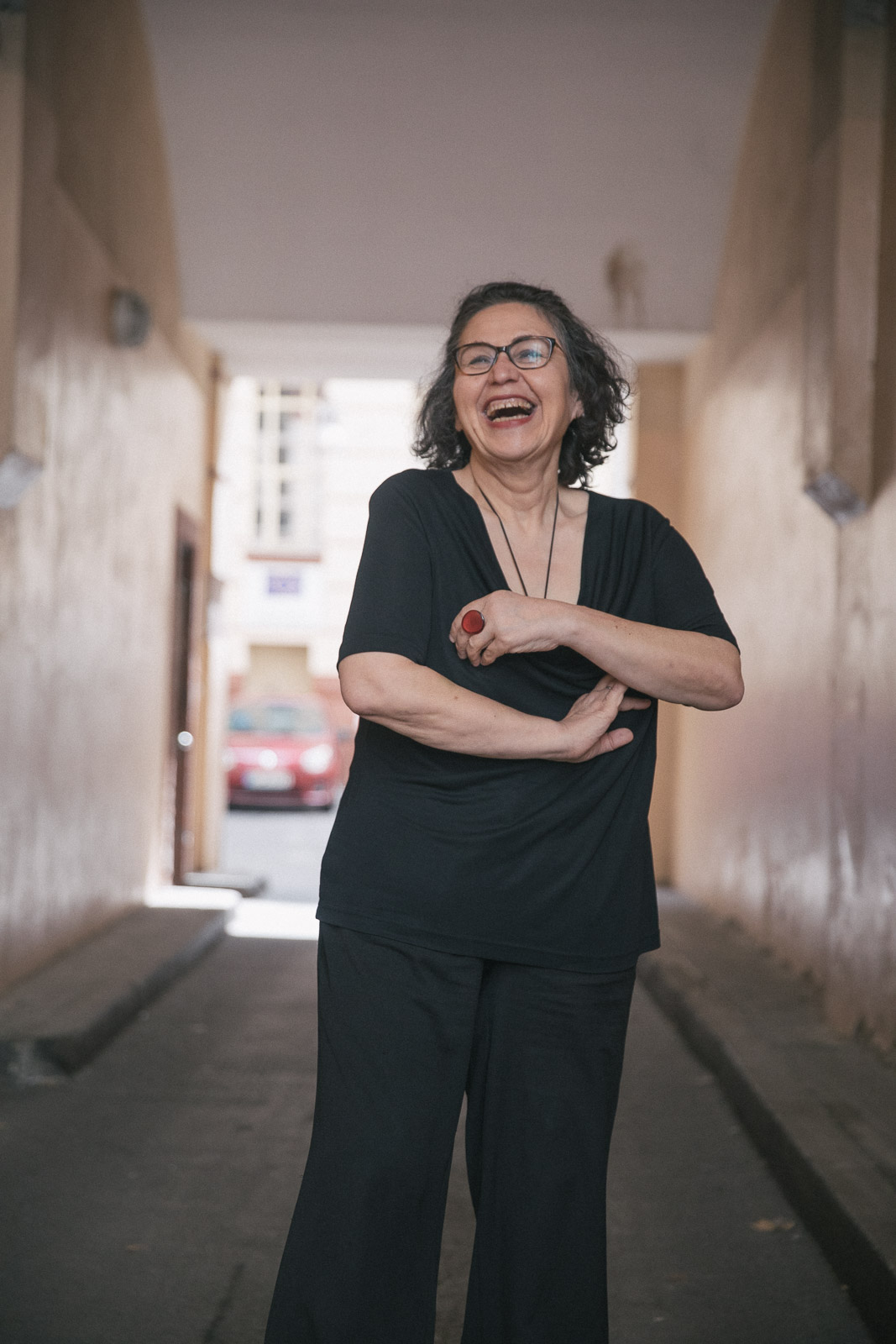20.00 Uhr
Weihnachtskonzert des Georg-Friedrich-Händel-Gymnasiums
 © Jan Rasmus Voss: Marvin Holley, Musiker
© Jan Rasmus Voss: Marvin Holley, Musiker
Musician and project developer Kian Jazdi’s projects bring together an array of people of different ages and genders, from different artistic and cultural backgrounds. For us, he implemented one of the two participation projects “Einwurf für...” (“Insert for…”) as part of the “Out of Joint” festival. In this project, Berliners who are seldom heard have their say. We asked him what it was like to collect their voices for a sound installation.
During the entire festival from 14 to 27 November, Kian Jazdi’s sound installation will be accessible in the carriage passageway. Portraits of the participants by photographer Jan Rasmus Voss are on display in the side foyers.
My main concern is to open up the business of classical music. And not just in one direction. That happens to coincide with the concern of “Einwurf für...”. I also want to create appealing formats for as many people as possible.
Previous projects in the city have taken me to places in Berlin that you only find if you live there. They took me into a different everyday life than the one we experience. I walked the streets there without looking for specific target groups.
First, I talk to respondents without a camera or microphone and tell them that we have an honest issue that is not voyeuristic: “We would like to hear your voice as part of an atmospheric picture. And of course, you always have a veto right with regard to what we include in the project.” So in terms of the statements made, whether anonymous or with a photo. In any case, it was good to always have the photographer Jan Rasmus Voss with me. We complement one another pretty well. Some of the people we asked were sceptical at the beginning. But once you start listening to them, many won’t stop talking. And we didn’t just hear stories of frustration and hardship – there was also a lot of positivity, strong people coping with their daily lives.
The COVID pandemic played an important role, but also the situation in Ukraine, Iran and the political situation in Germany. We were in a pub in Berlin’s southwest, where there was a regulars’ table made up of 60-year-olds. They were dissatisfied with a lot of things: “I feel like I’m being screwed over.”

Definitely, including meeting a non-binary person who is self-employed. She was talking about discrimination – at that moment a guy passed by and spat on the ground in front of her. Jan and I were horrified, but she just said: “This happens to me every day. I am who I am and I’m not going to change this.” I was also very touched by a social worker from Iran. She is so worried about the future, and spoke warmly about the young generation: “Why don’t the young people fight back more at opportunities being taken away from them?” There was also a conversation with an intensive care nurse that really got to us. There was a lot of pain.

The sound installation is a subjective snapshot that brings things to light. Incisive sentences come to the surface from different sides, spoken by disparate people. Not in sequence, but overlapping. Just like in the real world. The sound installation allows these statements to stand without comment. Konzerthaus visitors have the opportunity to draw their own conclusions. Ultimately, it’s about taking people seriously as counterparts and listening to them. The cultural sector can play a fundamental role in this. After all, people come to a concert hall to listen!
Supported by the Commerzbank Foundation.
Photos: Jan Rasmus Voss